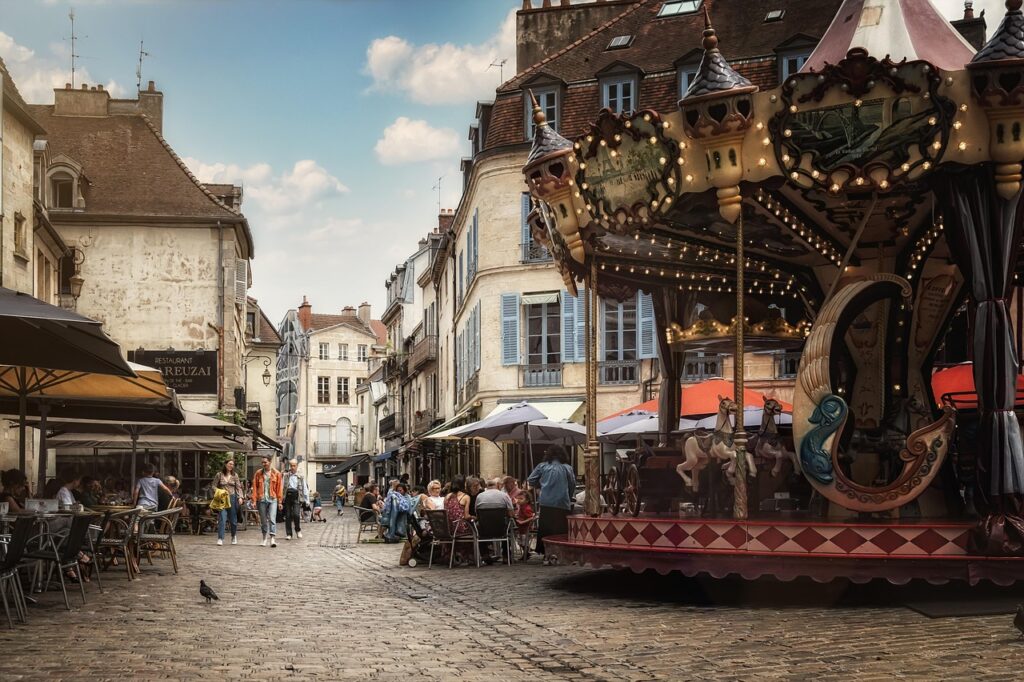
Indonesia is a country of extraordinary contrasts, where lush islands steeped in spirituality meet the buzzing tempo of a modern capital. Among its many destinations, Bali and Jakarta stand out as two of the most popular yet vastly different places to explore. Bali, with its natural beauty and cultural depth, draws those in search of tranquility and tropical wonder. Jakarta, the nation’s capital, offers insight into the urban energy and diversity of Indonesian life. Traveling to both requires an understanding of their unique rhythms, customs, and travel logistics to make the most of your Indonesian adventure.
Embracing Bali’s Island Magic
Bali is the jewel of Indonesia’s tourism scene, celebrated for its tranquil beaches, terraced rice fields, ancient temples, and deeply spiritual traditions. The island is predominantly Hindu, which shapes much of its daily life and ceremonies. You’ll see colorful offerings placed at entrances, hear temple chants drifting in the breeze, and encounter regular processions that bring traffic to a respectful pause. While the island’s charm is undeniable, Bali is more than just a beach destination. It’s a place of wellness retreats, surf culture, artisan villages, and jungle escapes. From the luxury of Ubud to the nightlife of Seminyak and the cliffs of Uluwatu, Bali offers something for every type of traveler. Just remember, dressing modestly is essential when visiting temples, and showing appreciation for local customs goes a long way.
Understanding the Urban Pulse of Jakarta
Jakarta is a city that often surprises. As the political, economic, and cultural heart of Indonesia, it presents a fast-paced blend of old and new. Skyscrapers, mega malls, and tech hubs sit alongside historical landmarks, colonial architecture, and bustling street markets. The city can feel overwhelming due to its size and infamous traffic, but patience and planning reveal a city rich in layers. Explore the old town area of Kota Tua for a glimpse into Jakarta’s colonial past or dive into its thriving food scene, which includes everything from street-side satay stalls to trendy rooftop restaurants. The city’s diversity is reflected in its neighborhoods, each with a unique cultural flavor, whether it’s Chinese, Arab, Betawi, or Javanese. Jakarta may not be as instantly charming as Bali, but it offers a more complete picture of contemporary Indonesia.
Entry Requirements and Currency Know-How
For most nationalities, Indonesia offers visa-free or visa-on-arrival entry for short stays, though it’s wise to confirm the latest requirements before departure. Your passport should be valid for at least six months from your arrival date. The local currency is the Indonesian Rupiah (IDR), and while digital payment is growing, cash remains king in many places, especially in Bali’s local markets or Jakarta’s street stalls. Currency exchange services are widely available, and ATMs are easy to find in both destinations.
Language, Communication, and Cultural Awareness
Bahasa Indonesia is the official language, and it’s relatively easy to pick up basic greetings and phrases. In Bali and Jakarta’s tourist-friendly zones, English is widely spoken, especially among younger locals and in the service industry. Communication tends to be polite and indirect, and it’s important to maintain a calm tone, even when facing challenges or delays. Respect for elders, community harmony, and humility are valued in Indonesian society, so demonstrating patience and politeness will earn you goodwill.
Seasons, Weather, and Packing Tips
Indonesia’s tropical climate means it’s hot and humid year-round, with two main seasons: dry and rainy. The dry season, generally from April to October, is ideal for visiting both Bali and Jakarta. The rainy season from November to March can bring heavy downpours, especially in the afternoons, but it rarely disrupts travel completely. When packing, focus on breathable clothing, comfortable footwear, sun protection, and modest attire for temple visits. A lightweight rain jacket or umbrella will come in handy during the wet months.
Health, Hygiene, and Safety Tips
Staying healthy in Indonesia involves a few simple precautions. Drink bottled or filtered water, avoid ice in roadside stalls, and opt for freshly cooked food from busy vendors. Both Bali and Jakarta have modern medical facilities, though travel insurance that covers illness, injury, and flight interruptions is highly recommended. Petty theft can occur in crowded areas, so keep valuables secure and avoid flashing expensive items. In Bali, be cautious when driving scooters and always wear a helmet, or consider hiring a local driver to navigate for you.
Exploring Beyond the Beaten Track
While the main attractions in Bali and Jakarta are well worth experiencing, don’t hesitate to explore beyond the usual routes. In Bali, that might mean heading north to the peaceful shores of Lovina or exploring the waterfalls and volcanoes in the central highlands. In Jakarta, day trips to places like Bogor, with its botanical gardens, or the Thousand Islands just off the coast, offer welcome escapes from the city’s chaos. Whether you’re trekking through terraced fields or sipping coffee in a trendy Jakarta café, stepping outside the tourist trail often leads to some of the most authentic moments.
Final Thoughts
Traveling to Bali and Jakarta offers a fascinating contrast between Indonesia’s spiritual past and its modern present. Together, they create a deeper understanding of the country’s incredible diversity—geographically, culturally, and socially. With thoughtful preparation, cultural sensitivity, and a spirit of exploration, you can move between the peaceful rhythms of island life and the vibrant pulse of urban Indonesia with ease and appreciation. Whether it’s your first trip or your fifth, Indonesia always has something new to reveal.








